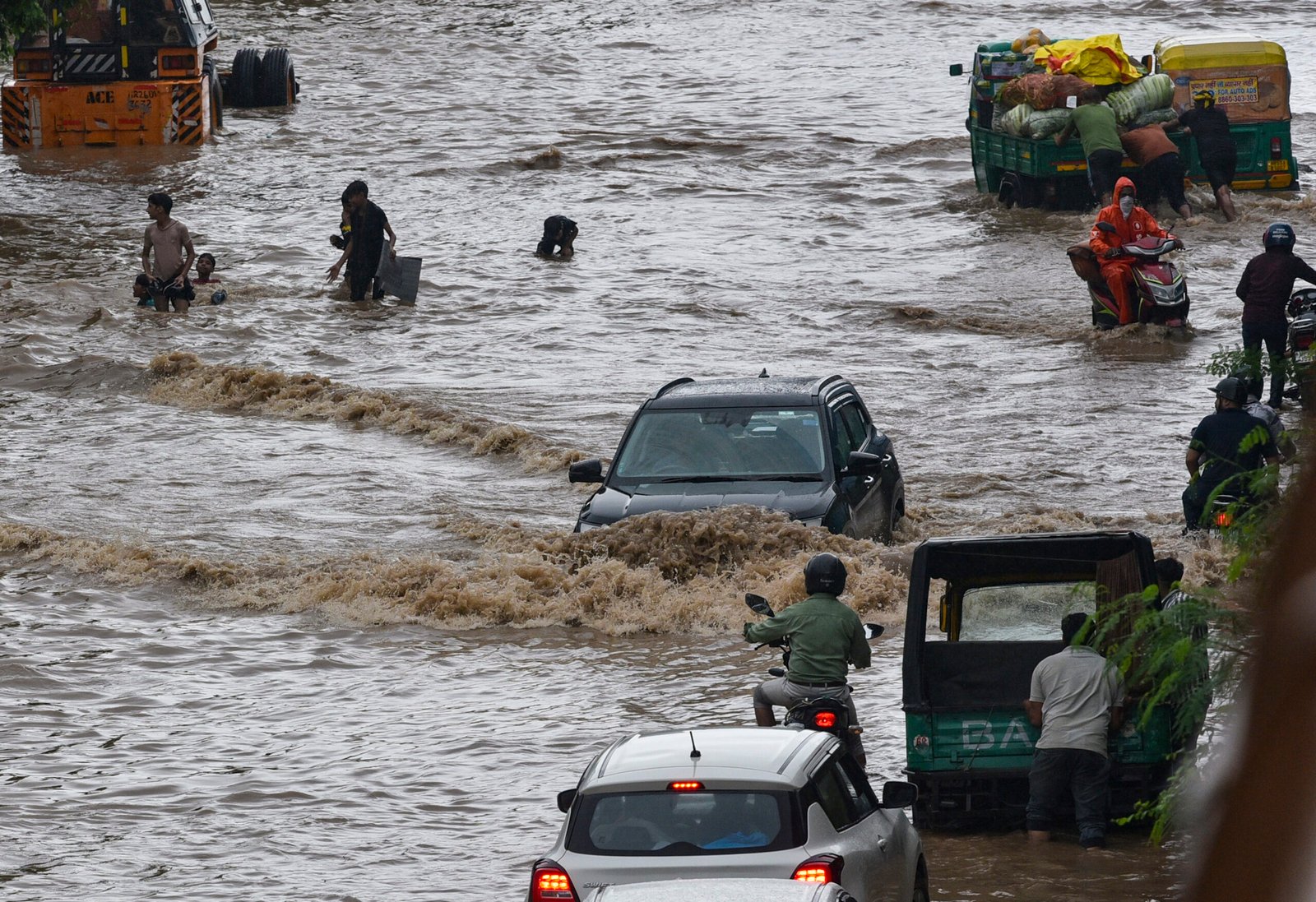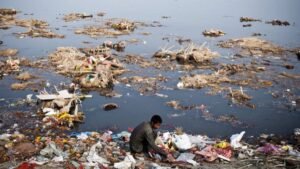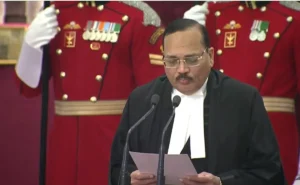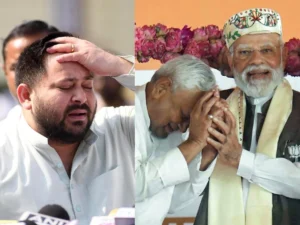Government agencies spend billions while Delhi’s Yamuna River continues facing severe pollution crises daily. Despite massive financial investments totalling more than ₹1,950 crores, environmental data shows alarming sewage discharge rates. The untreated sewage problem persists across multiple Delhi water treatment facilities nationwide.
Shocking Reality Behind Government Investment Claims
Recent government data reveals disturbing facts about Delhi’s water management systems and their actual performance levels. Your tax money funds these expensive projects, yet 641 MLD sewage continues flowing directly into sacred river waters. This represents a complete failure of public accountability and environmental protection efforts.
The National Green Tribunal has repeatedly raised concerns about Delhi’s sewage treatment capacity versus actual demand requirements. Multiple court orders direct authorities to address these pollution sources immediately through concrete action plans. However, implementation remains painfully slow despite court mandates and public health emergency declarations.
Delhi generates approximately 4,300 million litres of sewage daily through residential and commercial sources across the city. Current treatment capacity handles only about 2,700 million litres per day through existing infrastructure facilities. This massive gap explains why hundreds of millions of litres flow directly into river systems.
Breaking Down the Financial Investment Details
The ₹1,950 crore investment supposedly targeted comprehensive sewage treatment infrastructure development across Delhi’s municipal boundaries. These funds came from central government schemes, state budgets, and international development agency loans for environmental projects. Yet visible results remain disappointingly minimal after years of construction and planning activities.
Major expenditure categories included:
- New sewage treatment plant construction and equipment installation
- Existing facility upgrades and capacity expansion projects
- Sewer network improvements and pipeline replacement initiatives
- Water quality monitoring systems and laboratory equipment purchases
Despite these substantial investments, treatment plant utilisation rates hover around 60-70% of installed capacity levels. Technical problems, power shortages, and maintenance issues plague these expensive facilities throughout the year. Skilled operator shortages also limit effective plant operations during critical periods.
Environmental Impact on Sacred Yamuna Waters
The Yamuna River holds deep religious significance for millions of Hindu devotees who visit Delhi regularly. Sacred bathing rituals and religious ceremonies depend on clean river water for spiritual purification practices. Current pollution levels make these traditional activities dangerous for human health and religious observance.
Biochemical oxygen demand levels in Yamuna waters exceed safe limits by more than 400% during peak pollution periods. Dissolved oxygen content drops to nearly zero in heavily polluted river stretches flowing through Delhi’s urban areas. Fish populations have declined dramatically, disrupting entire aquatic ecosystems that depend on healthy river conditions.
Agricultural communities downstream from Delhi also suffer from contaminated water supplies affecting crop irrigation and livestock health. Farmers report reduced crop yields and increased animal health problems linked to polluted river water usage. These impacts extend far beyond Delhi’s boundaries, affecting rural livelihoods across multiple states.
Technical Challenges in Sewage Treatment Operations
Delhi’s sewage treatment plants face numerous operational challenges that reduce their effectiveness despite substantial government investments over recent years. Power supply interruptions frequently shut down treatment processes, allowing raw sewage to bypass facilities completely during outages. Backup power systems often prove inadequate for maintaining continuous operations throughout extended blackout periods.
Ageing infrastructure requires constant repairs and component replacements that strain maintenance budgets and reduce operational efficiency significantly. Corrosive sewage damages equipment faster than anticipated, requiring more frequent replacements than originally planned in project budgets. These unexpected costs consume resources that could otherwise improve treatment capacity and system reliability.
Staff training programs fail to keep pace with advancing treatment technologies and best practices used in modern facilities. Operator skill gaps contribute to suboptimal plant performance and increased equipment failure rates throughout the system. Regular training updates and certification programs could address these human resource challenges effectively.
Government Accountability and Public Response
Citizens deserve transparent reporting about how their tax money gets spent on essential infrastructure projects like sewage treatment systems. The gap between promised results and actual environmental improvements raises serious questions about project management and oversight effectiveness. Public audits should examine whether funds reached intended purposes or disappeared through corruption and mismanagement.
Environmental activists demand immediate action to address the ongoing pollution crisis affecting Delhi’s water resources and public health. Protest movements organise regularly to pressure government officials into taking meaningful steps toward pollution control and river restoration. These grassroots efforts highlight growing public frustration with government inaction despite substantial financial commitments.
Media coverage increasingly focuses on the contrast between government spending announcements and measurable environmental improvements in Delhi’s water systems. Investigative reports reveal discrepancies between official claims about treatment capacity and actual sewage processing volumes at various facilities. This scrutiny pressures officials to provide accurate data and realistic timelines for addressing pollution problems.
Path Forward for Yamuna River Restoration
Solving Delhi’s sewage treatment crisis requires coordinated action across multiple government agencies and administrative levels throughout the region. Central and state governments must work together to ensure adequate funding, proper implementation, and ongoing maintenance of treatment infrastructure. Inter-agency coordination often breaks down, creating gaps in responsibility and accountability for environmental protection efforts.
Technology upgrades could improve treatment efficiency and reduce operational costs over time through automation and process optimisation techniques. Modern facilities in other countries achieve much higher treatment rates using advanced biological and chemical processing methods. Delhi should adopt these proven technologies to maximise the effectiveness of future infrastructure investments.
Public participation and community monitoring programs could help ensure treatment plants operate at full capacity and meet environmental standards consistently. Citizen oversight groups can track facility performance and report problems to authorities before they become major environmental disasters affecting river water quality.













Be First to Comment